Ryan Robinett
GraphChallenge.org Sparse Deep Neural Network Performance
Apr 06, 2020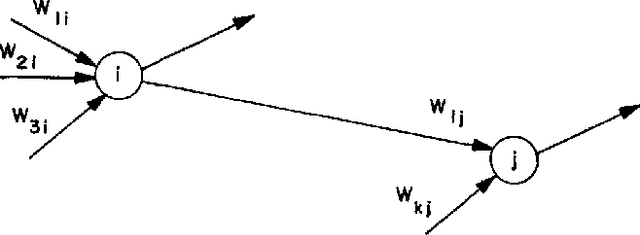
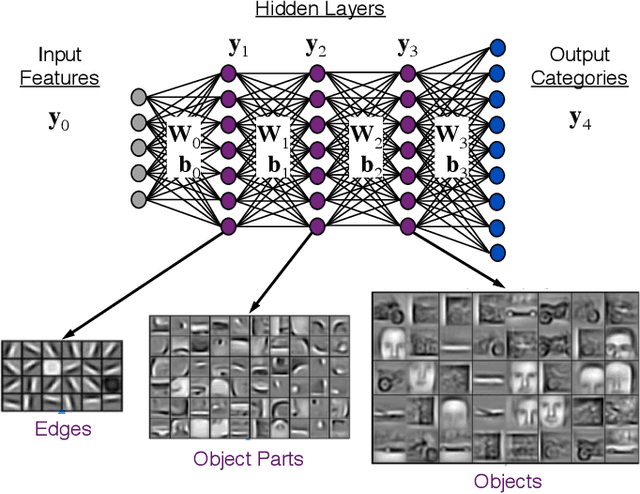
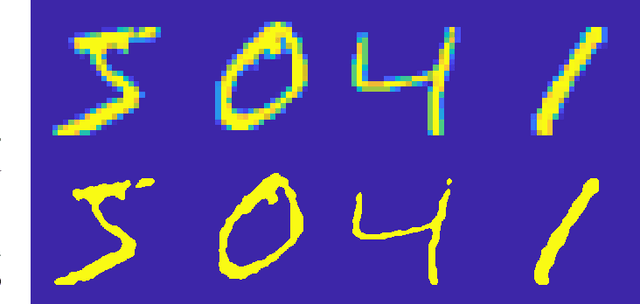
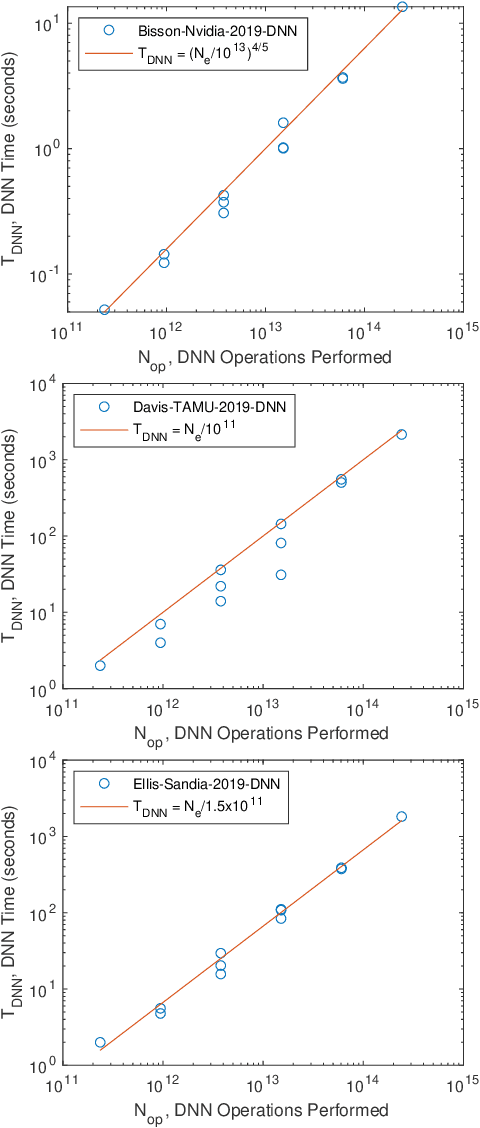
Abstract:The MIT/IEEE/Amazon GraphChallenge.org encourages community approaches to developing new solutions for analyzing graphs and sparse data. Sparse AI analytics present unique scalability difficulties. The Sparse Deep Neural Network (DNN) Challenge draws upon prior challenges from machine learning, high performance computing, and visual analytics to create a challenge that is reflective of emerging sparse AI systems. The sparse DNN challenge is based on a mathematically well-defined DNN inference computation and can be implemented in any programming environment. In 2019 several sparse DNN challenge submissions were received from a wide range of authors and organizations. This paper presents a performance analysis of the best performers of these submissions. These submissions show that their state-of-the-art sparse DNN execution time, $T_{\rm DNN}$, is a strong function of the number of DNN operations performed, $N_{\rm op}$. The sparse DNN challenge provides a clear picture of current sparse DNN systems and underscores the need for new innovations to achieve high performance on very large sparse DNNs.
Sparse Deep Neural Network Graph Challenge
Sep 02, 2019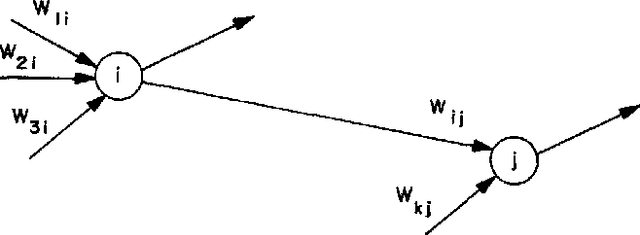
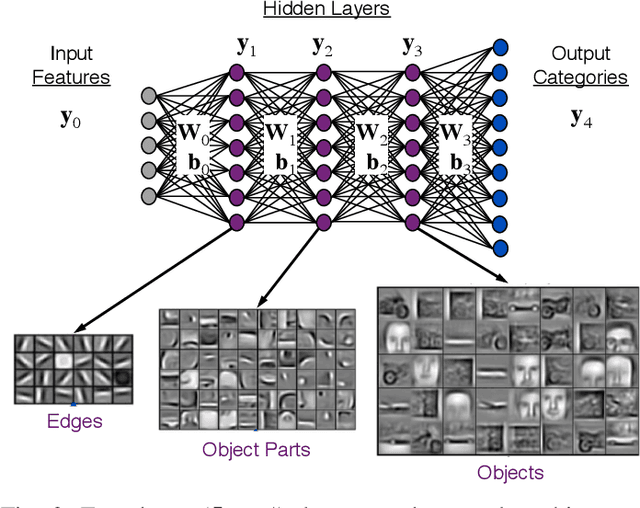
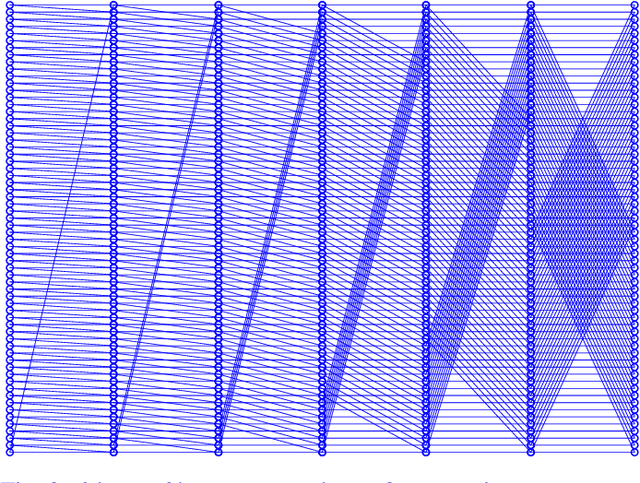
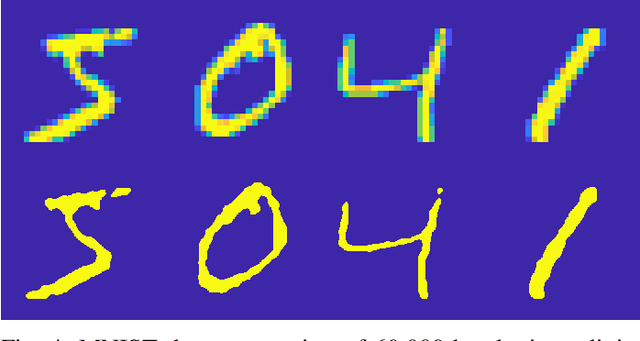
Abstract:The MIT/IEEE/Amazon GraphChallenge.org encourages community approaches to developing new solutions for analyzing graphs and sparse data. Sparse AI analytics present unique scalability difficulties. The proposed Sparse Deep Neural Network (DNN) Challenge draws upon prior challenges from machine learning, high performance computing, and visual analytics to create a challenge that is reflective of emerging sparse AI systems. The Sparse DNN Challenge is based on a mathematically well-defined DNN inference computation and can be implemented in any programming environment. Sparse DNN inference is amenable to both vertex-centric implementations and array-based implementations (e.g., using the GraphBLAS.org standard). The computations are simple enough that performance predictions can be made based on simple computing hardware models. The input data sets are derived from the MNIST handwritten letters. The surrounding I/O and verification provide the context for each sparse DNN inference that allows rigorous definition of both the input and the output. Furthermore, since the proposed sparse DNN challenge is scalable in both problem size and hardware, it can be used to measure and quantitatively compare a wide range of present day and future systems. Reference implementations have been implemented and their serial and parallel performance have been measured. Specifications, data, and software are publicly available at GraphChallenge.org
Pruned and Structurally Sparse Neural Networks
Sep 30, 2018
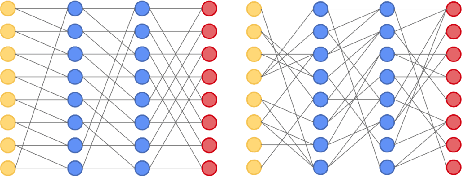
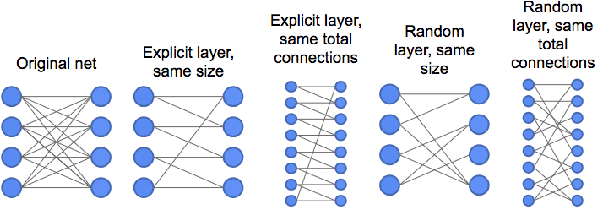
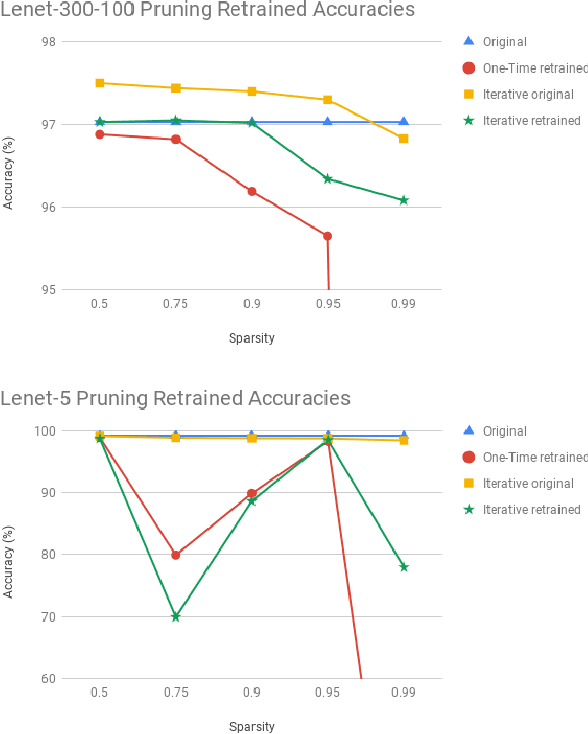
Abstract:Advances in designing and training deep neural networks have led to the principle that the large and deeper a network is, the better it can perform. As a result, computational resources have become a key limiting factor in achieving better performance. One strategy to improve network capabilities while decreasing computation required is to replace dense fully-connected and convolutional layers with sparse layers. In this paper we experiment with training on sparse neural network topologies. First, we test pruning-based sparse topologies, which use a network topology obtained by initially training a dense network and then pruning low-weight connections. Second, we test RadiX-Nets, a class of sparse network structures with proven connectivity and sparsity properties. Results show that compared to dense topologies, sparse structures show promise in training potential but also can exhibit highly nonlinear convergence, which merits further study.
 Add to Chrome
Add to Chrome Add to Firefox
Add to Firefox Add to Edge
Add to Edge